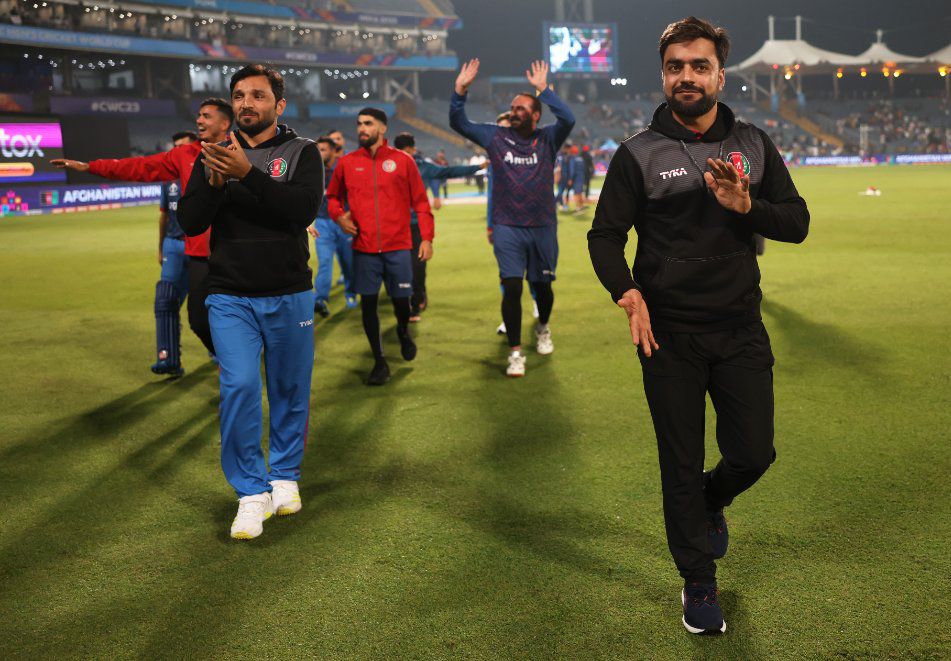|
Shimla, Aug 29 (IANS) Water, instead of woes, may soon flow out of the taps in the 'Queen of Hills', once the favourite summer retreat of British India, with the pumping of the Satluj river water from its catchment with the World Bank help.
As per the project with an outlay of $250 million (Rs 1,813 crore), it will cater to the demand of Shimla Planning Area, comprising suburbs Kufri, Ghannatti and Shoghi, for an estimated population of 4.13 lakh by 2050.
As per records of the state Urban Development, Shimla, planned for a maximum population of 16,000 during the British Raj, is now home to 2.47 lakh people with a floating population of 75,000 as per Census of 2011.
For over a decade this tourist town has been getting water supply once in two or three days, largely during the peak summer. In some localities, the water supply is once a week.
Still the pleasant weather remains one of its prime attractions as it is known for wooded deodars and Raj-style structures. It supports more than 450 hotels, restaurants and guesthouses.
For Urban Development Minister and four-time local legislator Suresh Bhardwaj, the 24-hour water supply to Shimla residents is his dream project and a major promise. The timeline of the project by laying a 23.65-km-long pipeline from Sunni tehsil is June 18, 2024.
"As a pilot project five wards of Shimla town will be provided 24 hours water supply by December this year," Bhardwaj told IANS.
A total of 107.63 million litres per day (MLD) is estimated for Shimla by 2050. Currently, the town is getting 40 MLD from two major sources -- Giri and Gumma streams.
He said the Sutlej Water Supply Scheme will add 67 MLD to the total capacity. "This will be sufficient to meet water demand in the Shimla Planning Area by 2050. The existing water source will continue to remain the primary source of water. The Sutlej supply will supplement the existing sources."
Shimla has been ranked the best city among below one million population in the Ease of Living Index of the Union Ministry of Housing and Urban Affairs.
"After we get 24 hours water supply, our performance will definitely be improved. The scheme will help to provide urban entitlement, besides boosting the economy, releasing the mental pressure from people. As we know Shimla is a tourist town and after 24-hour water supply is available, the tourism sector will also get a boost," an elated Bhardwaj told IANS.
"What pained me to see is people leaving their jobs in the middle and rushing home to fill the water for daily use. This project will be of great use for them."
Bhardwaj said the government is also planning to set up solar panels on the water line to produce green energy.
The cabinet last week approved the draft package negotiated by the Urban Development department with the World Bank and the Department of Economic Affairs of the Centre for funding the Shimla Water Supply and Sewerage Services Delivery Programme in the Greater Shimla area.
Of the Rs 1,813 crore, the World Bank will provide an assistance of Rs 1,160.32 crore and the state government will bear Rs 652.68 crore.
The main components of the project include augmentation of water supply from the Satluj river with additional 67 MLD to meet the water demand till 2050 and bulk water supply of special area development authorities of Kufri, Shoghi and Ghanahatti.
The project envisages lifting water from the river near the Shakrodi village in Shimla district involving lifting to a height of 1.6 km and pipe laying of 22 km to augment 67 MLD water at Sanjauli near here. The project also seeks to replace the distribution pipe network across the Shimla Municipal Corporation to upgrade it to a 24x7 water supply system.
The sewerage network in areas of Mehli, Panthaghati, Totu and Mashobra will be provided.
Explaining the advantages of the project, an official associated with the project said the laying of pipeline for the supply of water from the river is open on anchor blocks. This helps avoid or minimizes the axing of trees.
The anchor blocks increase slope stability and prevent soil erosion as it counters the pipe thrust.
Also laying of the pipeline in open increases the lifespan of the pipe by reducing corrosion.
Expressing its anguish, the Himachal Pradesh High Court has time and again been rapping state authorities on their knuckles over failure of the successive governments to provide adequate potable water and despite rationing, which has become a common feature.
According to tourism industry representatives, Shimla gets 20,000-30,000 tourists on an average every weekend during the peak season -- from May to June and November to January.
Shimla for the first time in its history saw an unprecedented water crisis in 2018, resulting in widespread protests and even marches to the Chief Minister's residence at midnight.
At that time rampant water shortage forced residents to lock their water tanks and the government to provide security to water supply employees.
Old-timers blame the water crisis over the years for losing green cover and natural water streams and springs due to unplanned urbanization. But climate experts blame decline in snow cover owing to deforestation and rise in pollution.
As per studies conducted by the scientists of the Indian Meteorological Department, the snow season in Shimla has shrunk by 21 days over the 1991-2001 period.
Octogenarian Raj Kumar Sud, who was born and brought up in Shimla, said Britishers restricted human activity in the catchment areas and ensured thick forest cover.
"They had dug up several wells in Mount Jakhu (the highest peak in the city) where the snow is stored during the winter. The wells helped recharging the groundwater and sprouting of waterfalls during the peak summer. Now those wells have disappeared. There is no natural water body in the town. If there is anyone, its water is unfit for consumption," he added.
Similar is the fate of the Chadwick waterfalls, deep inside the Glen Forests on the suburbs of Shimla, which disappeared silently.
Elated over the upcoming water supply project, housewife Usha Gupta added: "The 24-hour water supply will greatly impact the daily lives of every housewife who is desperately waiting for years. It will also help heal those challenging times. Now we can invite our relatives even during the peak summer season."
(Vishal Gulati can be contacted at vishal.g@ians.in)
--IANS
vg/dpb
Copyright and Disclaimer: All news and images appearing in our news section, search engines and social media are provided by IANS. If you face any issues related to the content/images, please contact our news service provider directly. We are not liable/responsible for any content/images related to the news service provider.
|




.jpeg)

.jpeg)


